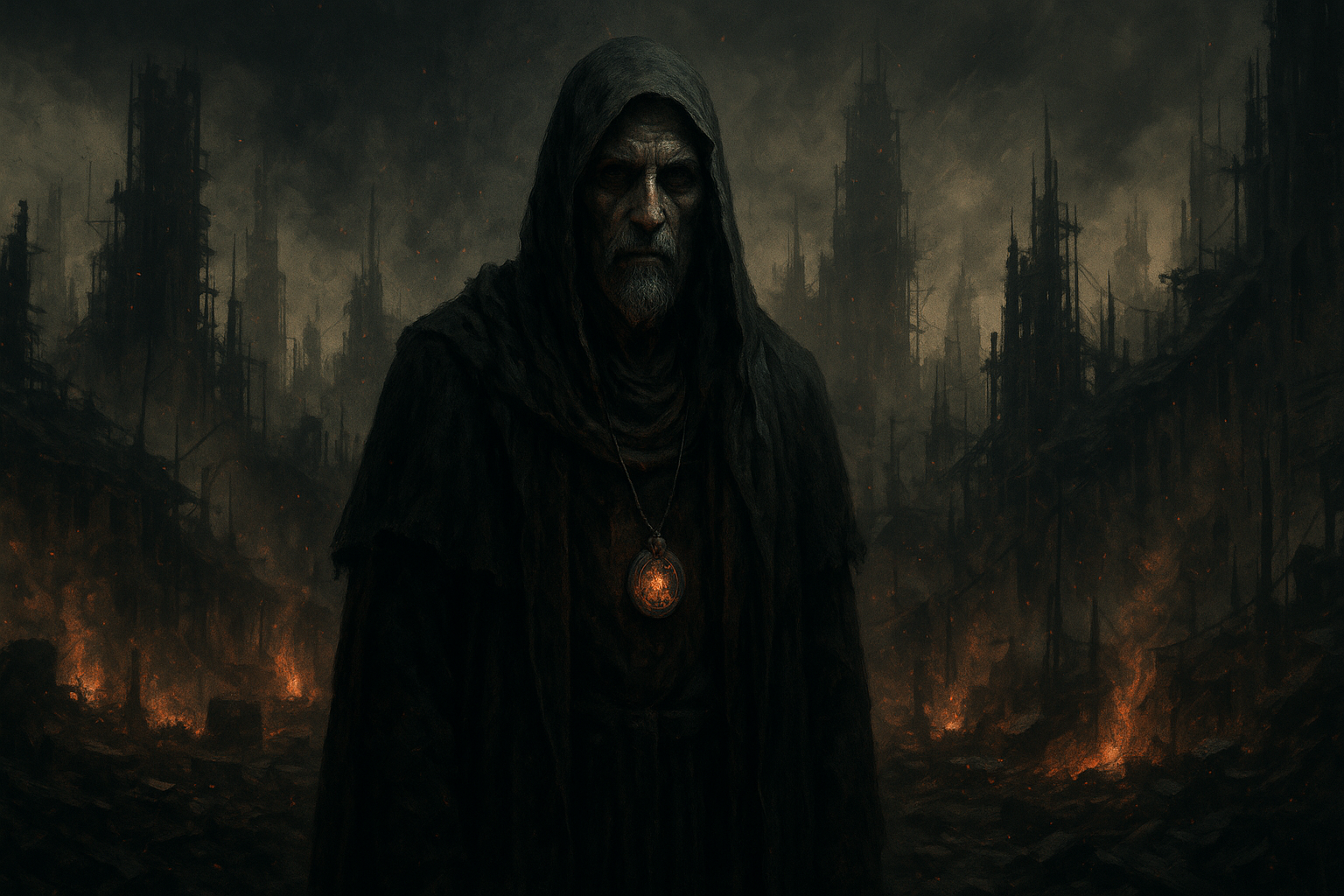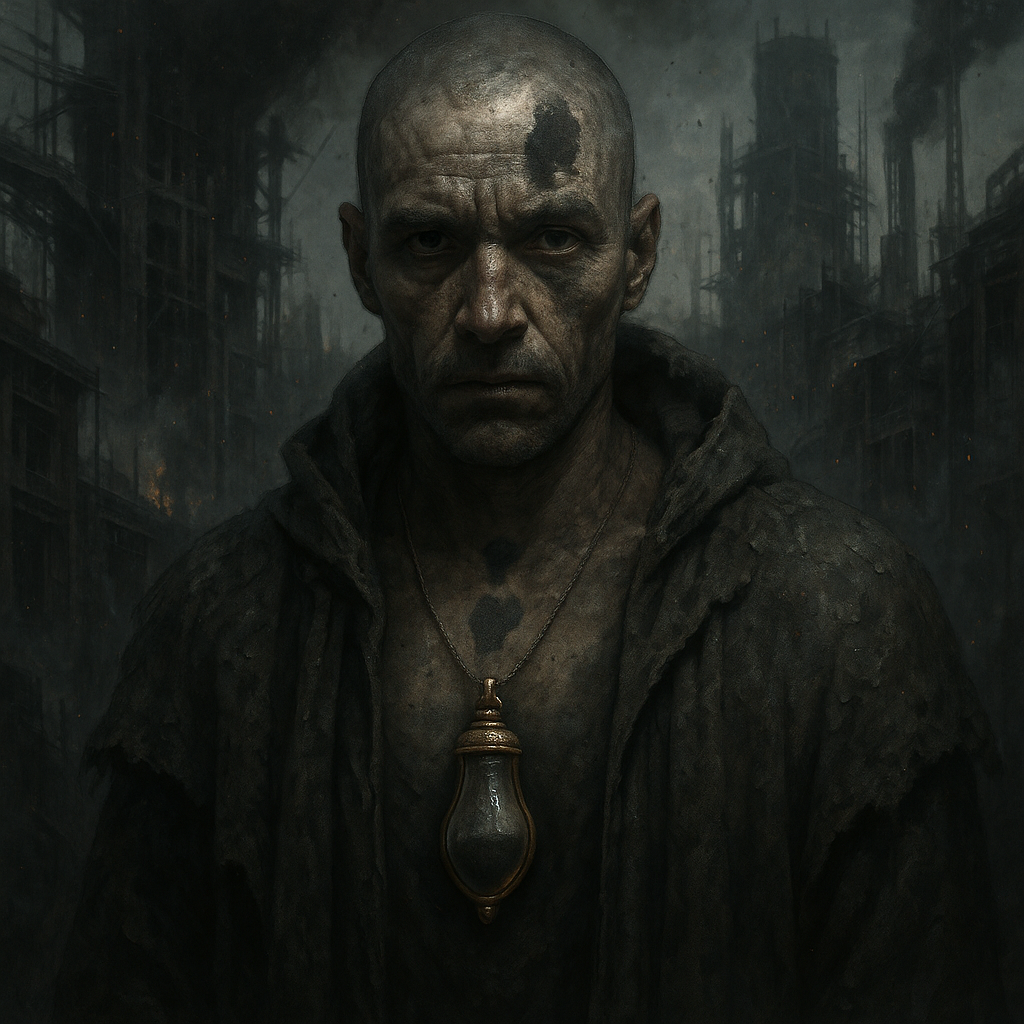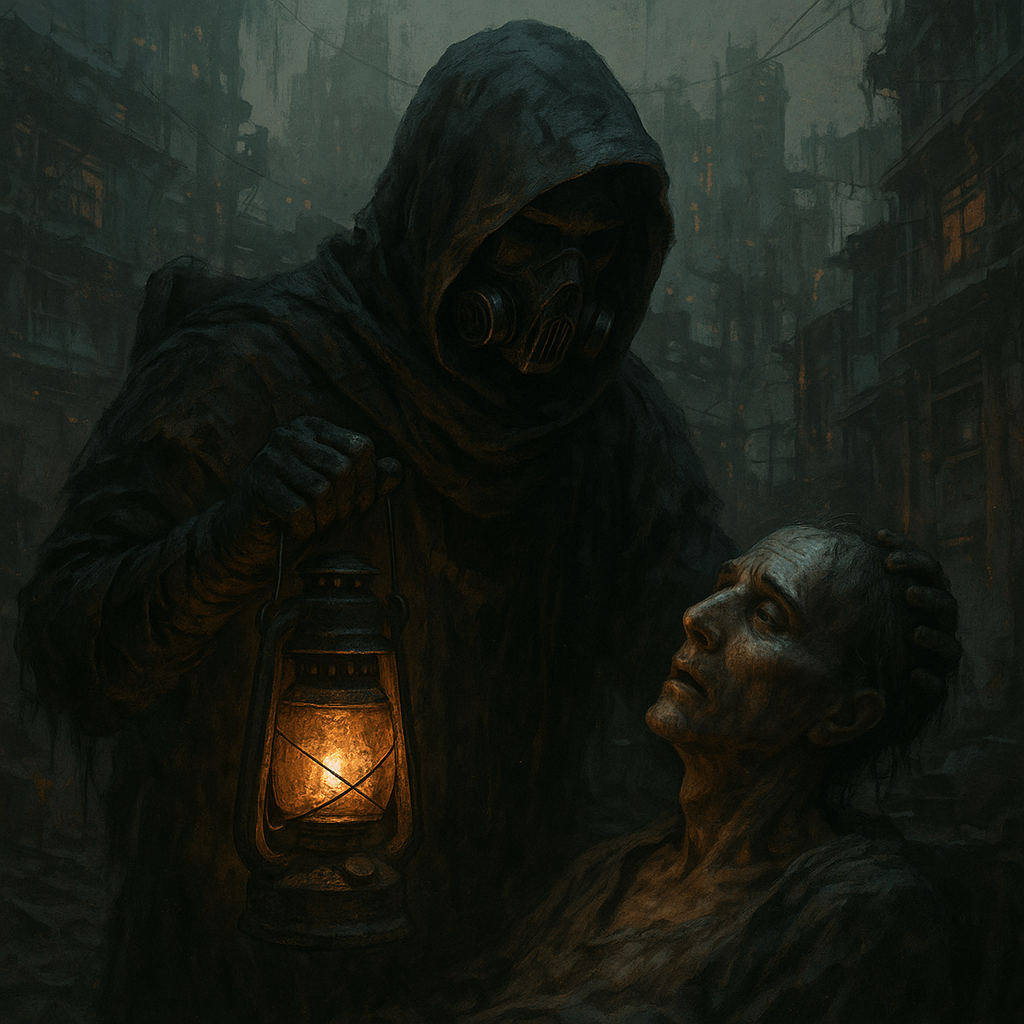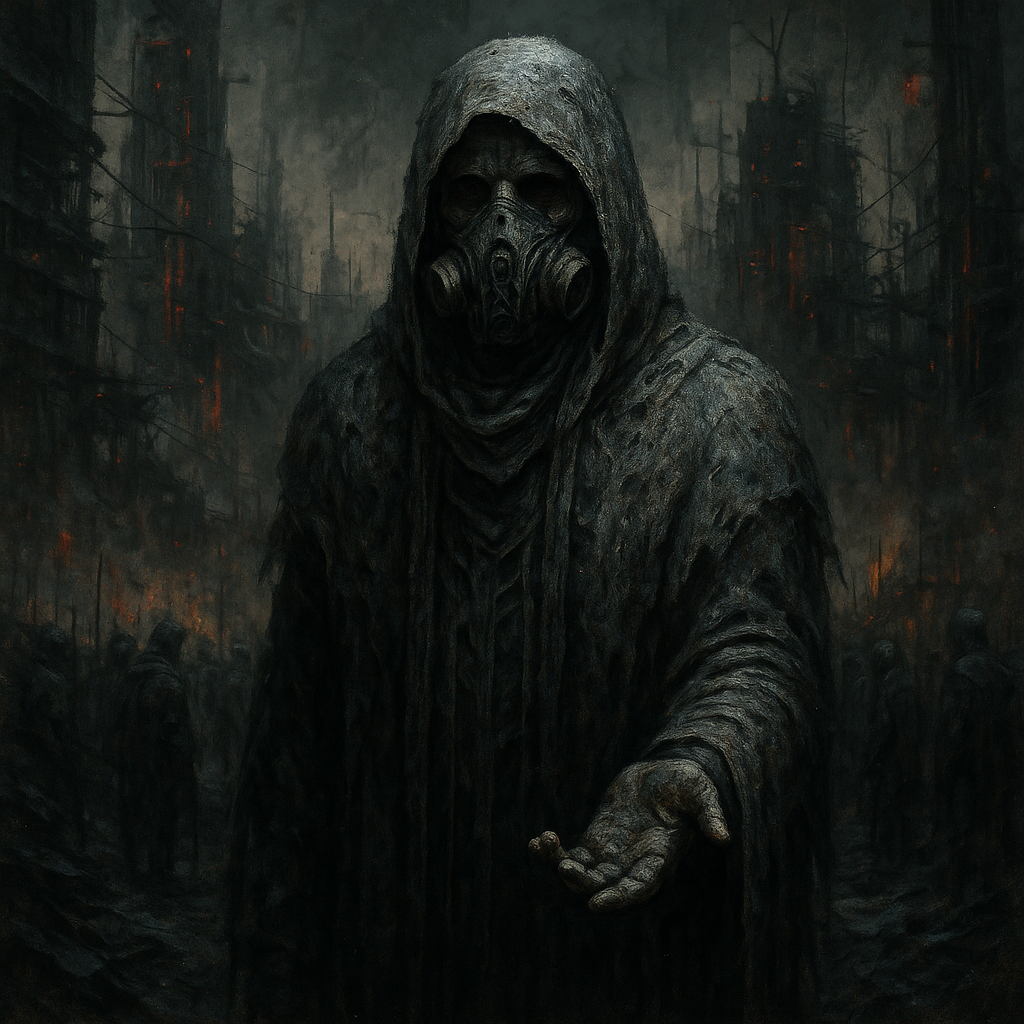Ashbearer
A Lament in Flesh and Fire
There are those who walk among the people of Camp Hope and beyond, cloaked not in robes nor steel, but in the quiet weight of memory. These are the Ashbearers — not warriors by trade, not prophets by mandate, but something older, rawer, and more tender. They are survivors whose hearts have been scorched by unspeakable loss, whose souls have borne the intimate silence of choosing pain so others might breathe.
By the reckoning of dusk and dust
There are those who walk among the people of Camp Hope and beyond, cloaked not in robes nor steel, but in the quiet weight of memory. These are the Ashbearers — not warriors by trade, not prophets by mandate, but something older, rawer, and more tender. They are survivors whose hearts have been scorched by unspeakable loss, whose souls have borne the intimate silence of choosing pain so others might breathe.
Ash to carry, flame to bind—
Grief remembered, not left behind.
Guide our hearts through smoke and flame,
Ashbearer walks, we speak their name.
There is no purity without fire.
To become an Ashbearer is not to seek glory. It is to be seen as a living reliquary of sacrifice. Each one carries a token — a pendant filled with a scoop of fine black ash, harvested from sacred fire or cremation pyres, or a tattoo inked in soot and memory, pressed into skin where no sun dares fall. This is not fashion. This is testament.
The ash pendant is a small, glass-vial amulet sealed in brass or bone, worn close to the heart. Inside swirls a pinch of gray-black ash—said to contain grief made sacred, the last breath of a burden survived. Its weight is subtle, but its presence is never forgotten.
It is not the ash that burdens you—it is the memory it refuses to let you forget.— Elaris Venn, Ashbearer
There is no hope without grief.
They have stood in the transformation chamber, watching someone they loved begin the Sonohoka bloom — and chosen the needle, the gun, the pill, or the prayer. They have cradled children in plague years and dug graves with bare hands. They have carried sins that were not theirs to bear — but did so anyway. And when they emerged, silent, hollowed, they did not become lesser.
They became guideposts.
It is a strange title, worn by people who would rather not be noticed. The honor was born in shadowed circles of the Ash Lantern Society, whispered first by those who could no longer bear their grief alone. It was formalized not in council chambers, but beside makeshift altars, beneath broken stars. It was not voted into being. It was carried into being.
The Solstice Syndicate—though anarchic and laced with vice—grants the Ashbearer their own twisted reverence. In alleys and parlors, even the most hardened Syndics lower their gaze when the ashes pass.
When the Ashbearer enters, even the loud grow quiet—not from fear, but from the weight they carry so we do not have to.— Whisper Darrin, Syndicate
There is no future, unless we carry the past.
To receive the title is to survive a crucible, and not simply survive it, but emerge with something left to offer. A hand, a word, a breath of empathy. Ashbearers are not tasked with leading others. And yet, they are followed. Their presence in a negotiation table, a funeral, a debate—imbues it with weight. Their silence can anchor a riot. Their gaze can unravel a lie.
And they do not ask for coin, nor privilege. Still, they are owed. Not in silver, but in shelter, in safety, in the right to speak when others cannot. Across Camp Hope, an Ashbearer is offered water before questions, space before assumptions. It is not law. It is deeper than law. It is cultural marrow.
No one seeks to be an Ashbearer—it's a title etched in pain, not ambition. You earn it by surviving what should have broken you.— Sil Varin, Ash Lantern
You carried the flame and were not consumed. Now carry this ash, and let others see what burns can become.
The tradition of the Ashbearer began humbly in the early winters of 111 SE, not long after the Ash Lantern Society first sparked to life. In those turbulent days, when grief ran through Camp Hope like a second bloodstream and the Lanterns were still forging purpose from the embers of old pain, one among them—Etta Callow—carried the ashes of her fallen sibling in a small glass vial hung from her neck. She had ended her sister’s suffering during the final stages of Sonohoka transformation, and instead of retreating into silence, she spoke often and openly of the weight she bore. Others soon followed, crafting their own pendants, not as badges of pride but as sacred burdens—a quiet testament to loss endured and compassion chosen over cowardice. From these intimate acts of remembrance, the first Ashbearers were named, not by decree, but by shared recognition, their grief made holy in the eyes of the Lanterns.







Comments